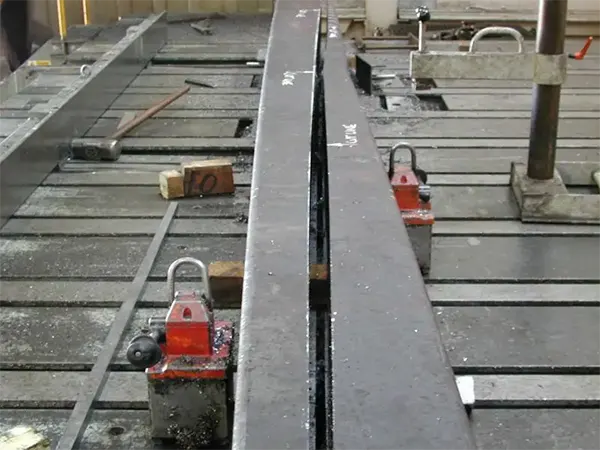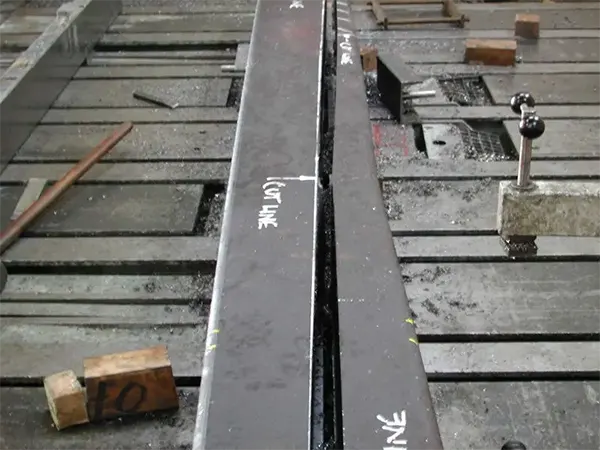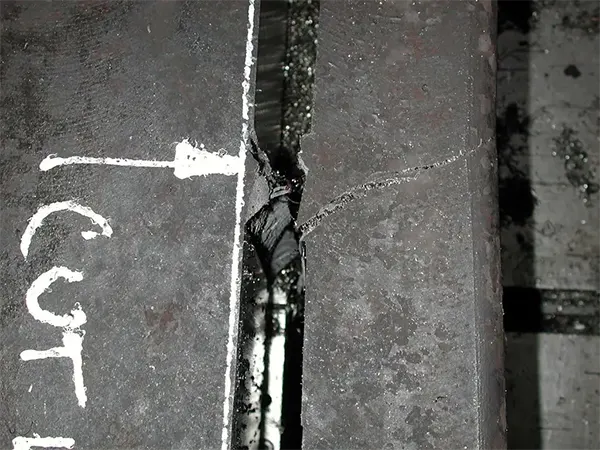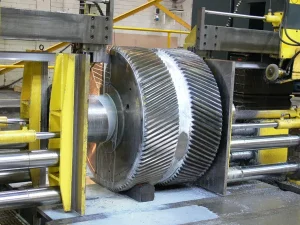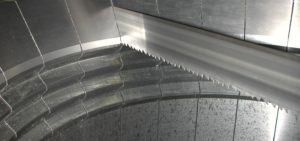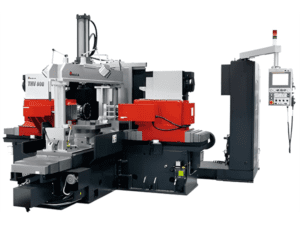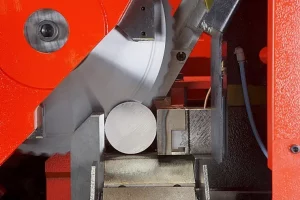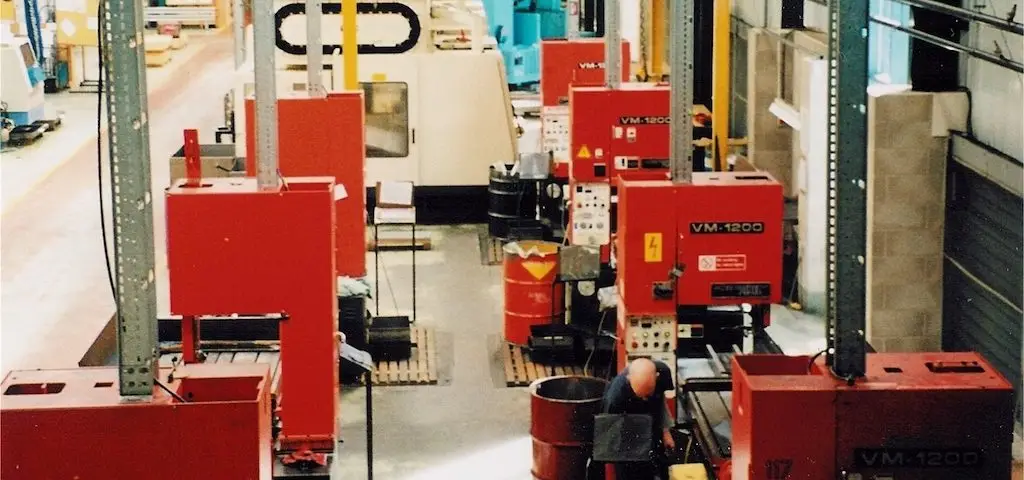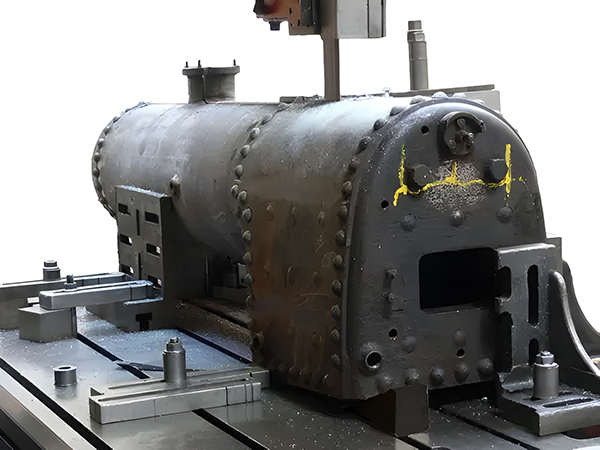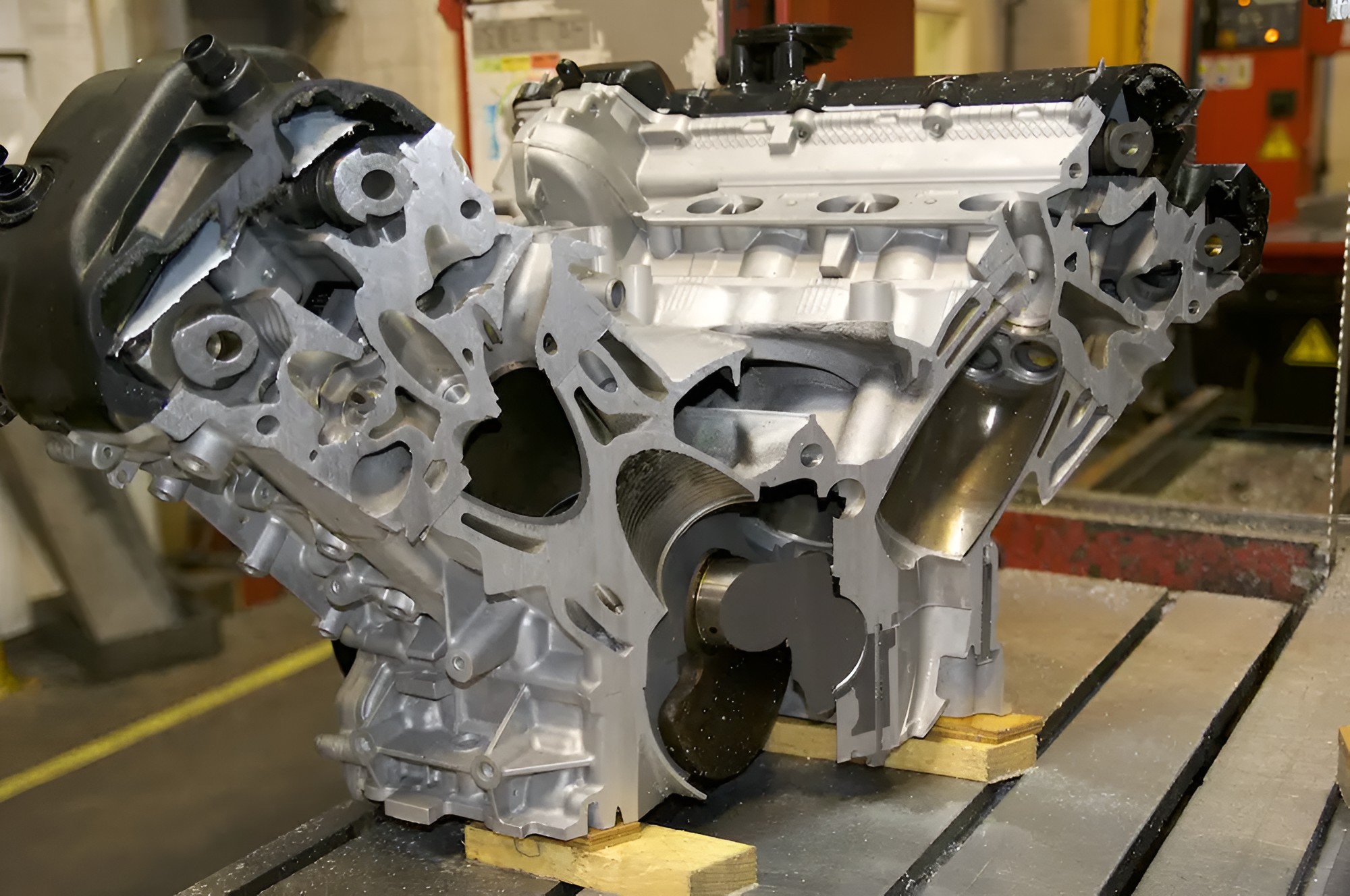Special cutting applications for saws
So you think it’s easy….. difficult sawing applications
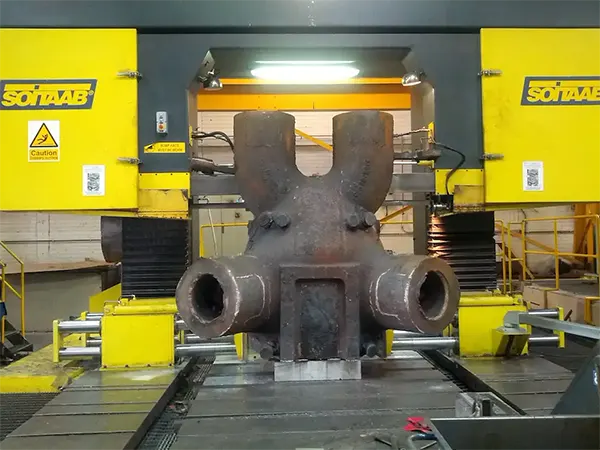
Using a bandsaw blade to cut a piece of material doesn’t usually cause any problems with that material. However, occasionally, the material causes significant problems for the bandsaw blade!
During the processing and manufacture of metals, heat and stress are applied to form and shape the melt, often leaving residual stresses “built in” due to quick and uneven cooling after casting, forging or rolling resulting in a difficult sawing application. Though from the outside, much of the time the material appears to be stable and still within expected dimensional tolerances, once a saw cut is made that removes (or attempts to) a significant proportion of the material, internal stresses that were balanced within the whole are free to relax and move slightly to a new equilibrium.
The upshot is that often a customer receives a deformed bit of metal, or, it has fractured where the stresses have overwhelmed the strength of the material, or worse, it jams up on the blade in the cut even before it manages to complete the cut! That can be a real headache, but nothing has defeated us yet!
Here are a few of our challenges, and the results of the release of internal stresses. Note, these stresses aren’t just revealed through bandsawing, but any machining process on a non-normalised piece of material can cause a rebalancing of the internal stress in a similar way.
To resist blades jamming in the cut in materials prone to internal stress, it’s important to use a wide set blade to give more clearance on the blade body, and enrich the coolant mixture to reduce friction.
It’s equally important to use a saw with sufficient power to haul the blade through the cut removing material and resisting the clamping pressure on the blade body at the same time.
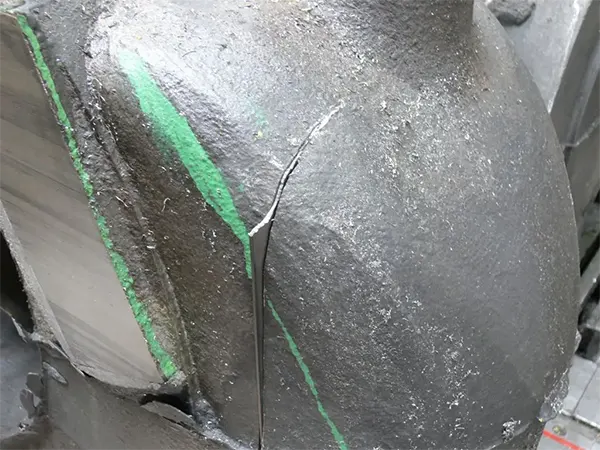
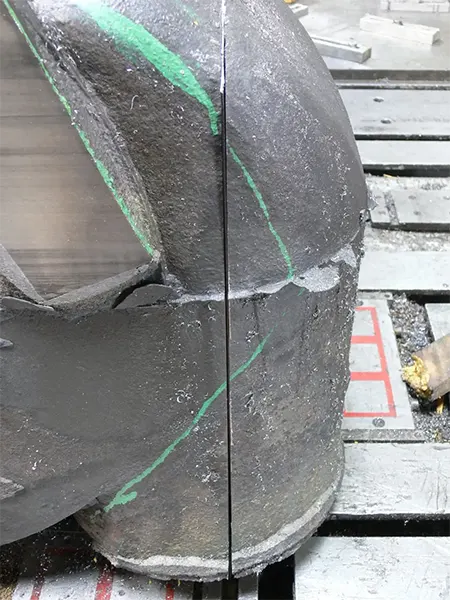
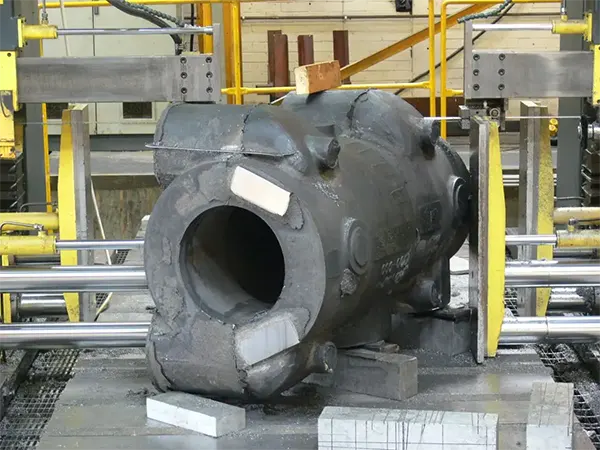
Resetting the job on our Soitaab gantry saw got us out of trouble. The larger blade motor and heavier saw construction reduces vibration, blade slippage due to bow flexing, and a positive drive from the linear toothed drive rail.
Cutting plate and bar material can be equally troublesome…

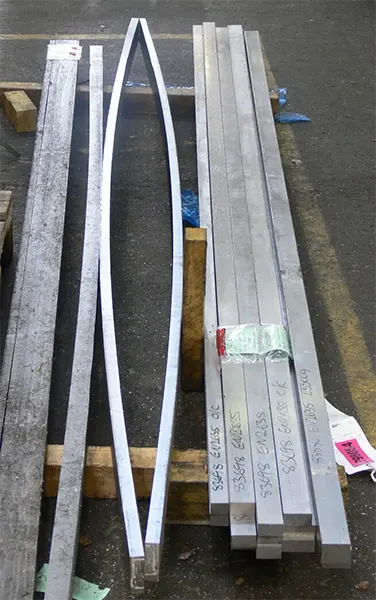
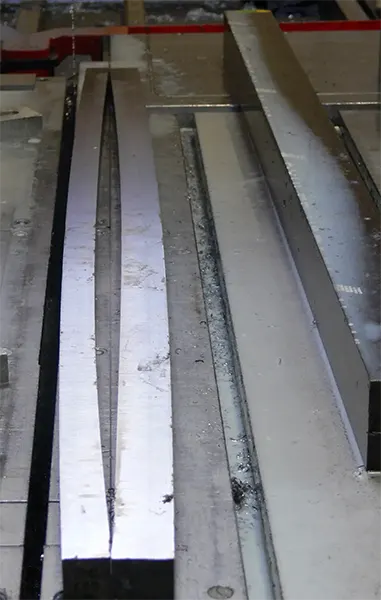
In some cases, the stress is sufficient to cause a fracture or breakage of the material. This beam is part of a rail points construction, but when due to a creeping distortion as the cut from one end progressed, we turned it around and started in towards the initial cut, however, the stress relief built and eventually focussed at the remaining material between the two cuts which formed a stress focal point. As you can see, the material could take the strain and fractured.
